How to feed ficus?
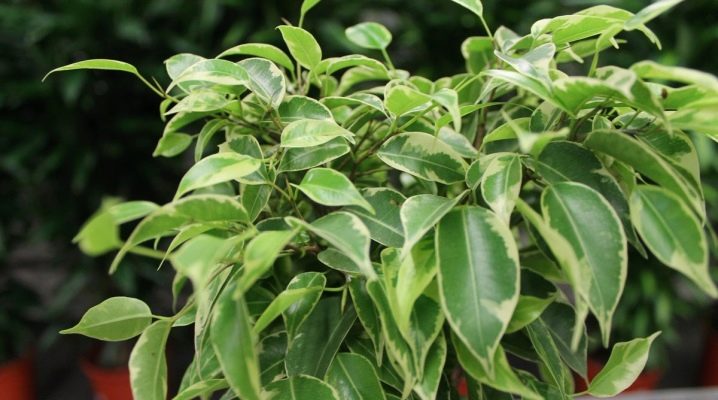
For active growth and healthy development of ficus, it must be periodically supplied with additional nutrients. Fertilizers can help provide adequate nutrition to the plant. Top dressing can be purchased at the store, and you can also use homemade fertilizers.
What is top dressing for?
Even the soil, which is very rich in beneficial compounds, weakens quite quickly. High-quality and timely feeding stimulates the culture to grow, increases the green mass, maintains the juiciness of the color at the desired level, increases the immunity of the ficus to diseases and pests... In order for the flower to always remain in a healthy state, it must be provided with nitrogen, phosphorus, potassium, magnesium, zinc, iron, copper, manganese, and molybdenum. All these macro- and microelements can be contained both in the composition of store specialized mixtures, and obtained through the use of folk recipes.
In nature, ficus lives in the tropics and subtropics. The climate of these zones is different from Russian conditions, and therefore the care of the plant in winter and summer is very different.
When the flower enters a dormant state in winter, it needs moderate watering without the addition of fertilizers.
You can notice a deficiency of fertilizer in ficus by the following signs:
- plant growth is inhibited;
- the trunk and processes are stretched, become thin;
- the turgor of the leaves is reduced, spots appear on them, the color of the greenery becomes dull;
- various ailments appear.
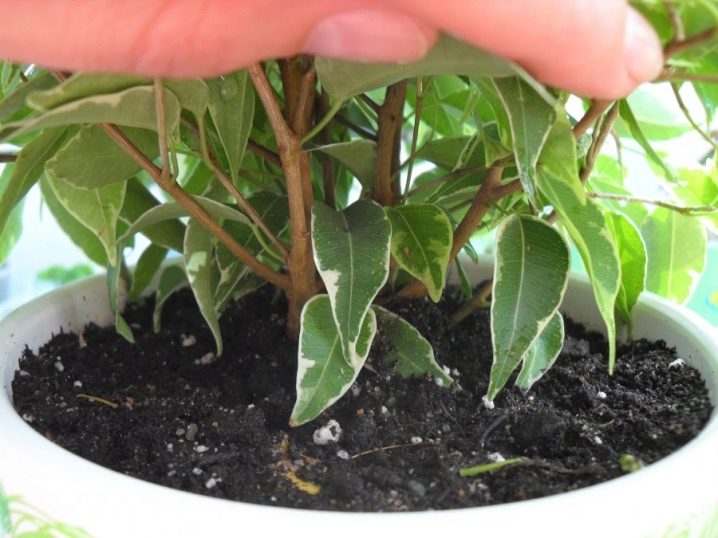
How to feed the plant?
All fertilizers can be divided into several categories.
- Mineral... Nitrogen, potassium, phosphorus are the main components of the successful development of any indoor plant. Without these substances, the flower grows poorly, does not give new leaves, looks exhausted and faded. For good nutrition, dry forms (powders, granules, tablets), liquid (solutions), prolonged (special sticks that are laid under the roots) are used.
- Organic... Sources of such fertilizers surround us in nature, there is a huge variety of them, therefore, it is easiest to supply ficus with this type of feeding. However, it is important to correctly observe the proportions, take into account the time of application and the period of the plant's life.
If the gardener is more inclined to trust folk methods, then you can use several types of dressings.
Humus animal
It is an organic fertilizer containing nitrogen. It can be obtained from bird droppings... You can not feed the plant with droppings in a pure form so that the harmful elements contained in it do not burn the specimen. It is necessary to dilute the droppings with water.
Chicken manure is considered more preferable for ficuses when compared, for example, with cow dung. To get liquid fertilizer, dissolve 3 grams of droppings in 1 liter of water and water the flower with the resulting product.
If there were no poultry waste products, then the use of waste from cows, horses, goats is also allowed, but in this case, 10 grams of the substance will be required per 1 liter of water.

Humus vegetable
He is foliage rotted along with the soil... Such a tool also contains enough nitrogen and other nutrients, and besides, it is not difficult to get fertilizer. To prepare it 100 grams of turf is combined with 1 liter of water.
Nettle
For ficus, this option is useful in that it contains a large amount of carbon-containing compounds and nitrogen. To prepare it, you need to collect the branches before the formation of seeds, fill them with water and insist for 2 weeks under a lid. The solution is ready if it starts to ferment and is covered with foam. This agent must be diluted with water in proportions 1: 10 before use.
succinic acid
It is an organic fertilizer that can be found in the drugstore in pill form. The principle of operation of the tool is that it allows the plant to qualitatively assimilate nutrients from the soil. To prepare it 1 gram of succinic acid is dissolved in 1 tablespoon of water.
Root dressing is recommended once a year, for the prevention of diseases and protection against insects, this solution can be periodically sprayed with ficus.
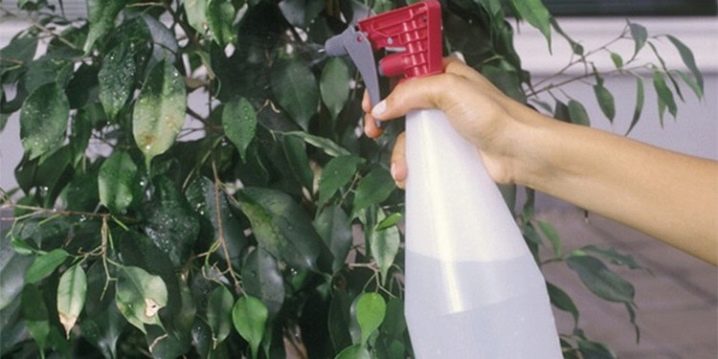
Wood ash
It is an organic substance that contains abundant minerals. Suitable for feeding both root and foliar method. Root fertilization is applied in the event of a planned transplant. To do this, 1 tablespoon of ash is diluted in 1 liter of boiling water and left for a week, stirring the mixture once a day. Then the soil under the root is poured with a solution.
The foliar method involves dusting technology... Ash prevents bacteria and parasites from starting up, ensures strong and abundant foliage growth. It is recommended to fertilize ficus in early spring or autumn.
Waste
This is the most economical and affordable organic fertilizer option. Several popular recipes are popular.
- Need 40 g regular sugar dissolve in 1 liter of water. The soil is watered with this composition. An even more effective option is to sprinkle sugar on the soil and then pour a little EO on top. A natural chemical reaction will enhance the effect of the sugar crystals. Glucose allows the plant to more fully assimilate nutrients from the earth.
- Coffee grounds little by little it is added to the container where the culture grows and mixed with the soil. Do not leave a top layer of coffee as it will attract unwanted insects. This fertilizer helps to loosen the soil, due to which the roots can breathe air freely. It is recommended to add dolomite flour to coffee to prevent over-acidification of the soil from the action of the thick.
- Effective feeding - tea leaves. It is important to use only freshly used black tea. Herbal, fruit, or green varieties will not work. Do not use fresh tea either, it is too aggressive.
- Vegetable waste - a method of fertilization known to gardeners for a long time. These include banana peels, onion peels, and potato peels. The waste is crushed and insisted for several days.
In order to avoid mistakes when applying top dressing, it is important to know about the so-called anti-fertilizers. For example, yeast... They activate the work of soil organisms, but it is in the case of ficus that yeast will bring more harm than good to the plant, since this agent acidifies the soil, becomes a source of spreading putrefactive bacteria.
Don't use orange peels, as the oils they contain can harm the soil and the flower. Many gardeners use eggshells for plant nutrition to provide the culture with calcium - do not waste time, ficus does not need calcium.

Be careful with a solution of potassium permanganate: in the wrong concentration, it can provoke plant burns.
As for purchased mixtures, the owners of ficuses should pay attention to several complexes.
- Bona forte... All trace elements in this mixture are contained in a chelated form, which ensures their high-quality assimilation and prolonged action. The mixture gently regenerates the soil, increases the plant's immunity. Under the influence of fertilization, the necessary elements gradually accumulate, so that the flower is always provided with the necessary nutrition.
According to the instructions, the greatest effectiveness of the product is achieved by a combination of root and foliar dressings. For irrigation, 10 ml of the composition is diluted in 1.5 liters of water, for spraying, the dose is reduced to 5 ml. The finished mixture can be stored for two weeks before the next feeding.
- "Flower heaven". It is noted that the mixture begins to act rather quickly, the growth of the ficus is activated, the leaves acquire a rich color, the plant develops correctly. Ease of use is achieved thanks to the presence of a measuring cup. Preparation of one portion: 10 ml of the product is combined with a liter of water. Both root and foliar feeding are possible.
- Agricola provides the plant with nitrogen, phosphorus, potassium. All substances are contained in a chelated form, due to which the digestibility of nutrients is increased, immunity is strengthened, the plant begins to more persistently endure various negative phenomena. To prepare the solution, stir 5 ml of the mixture in a liter of water and water the plant once every 10 days. For foliar feeding, 5 ml of the drug are combined with 2 liters of water, spraying is carried out once every 2 weeks.
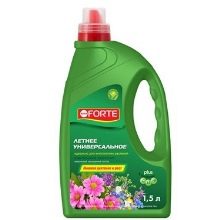
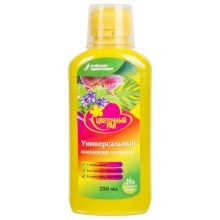
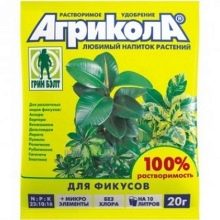
Mode and methods of feeding
Spring and summer - this is the time when the ficus most seriously needs high-quality fertilizer. During these months, it is required to feed the crop every two weeks. It is recommended to use complex mineral mixtures containing nitrogen, phosphorus, potassium.
The correct composition will provide active growth and beautiful appearance of the flower... Fertilize the soil with a liquid form after watering. That is, when watering in the early morning, feeding is carried out in the evening or after a day.
It is recommended to feed ficuses in the spring. biological compoundse.g. chicken droppings. Sugar can be applied once a month to help regrow growth. In winter deciduous varieties do not need fertilization, and those that do not fly around are fed monthly.
An important rule: do not fertilize the ficus after transplanting... Mineral and organic substances can have a detrimental effect on weakened roots that have not yet had time to adapt to new conditions. Only a month or even two after transplanting is the first feeding allowed.
A sign of the successful adaptation of the ficus to the new land is the appearance of young leaves - this means that feeding can be resumed.
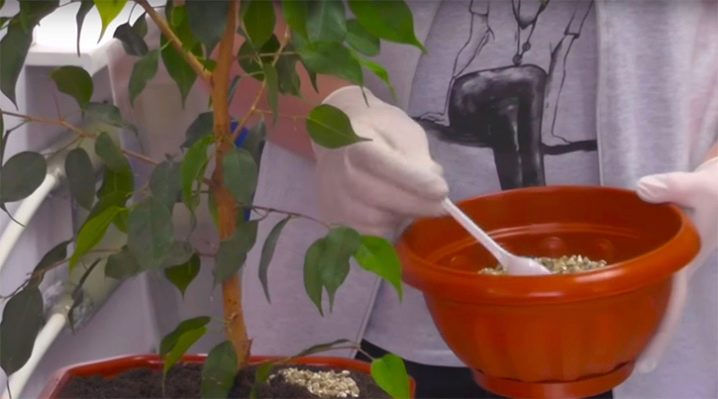
Florist tips
Experienced ficus owners give beginners and amateurs additional tips for growing this crop:
- despite the effectiveness of folk methods, it is better to give preference to industrial fertilizers;
- using commercial mixtures, dilute them in smaller proportions than indicated in the instructions, which will avoid an excess of trace elements, but will provide the plant with a sufficient amount of nutrient compounds;
- in order not to stop feeding for the winter, it is possible to provide the plant with the same conditions as in the summer: keep the same temperature in the room, maintain the humidity level, use artificial devices to leave the same daylight hours, but even in this case, the frequency and amount of fertilizers are reduced by 2 times;
- only healthy specimens need fertilization: weakened, lifeless ficuses are unable to absorb the proposed substances, so they should be fed only after recovery.
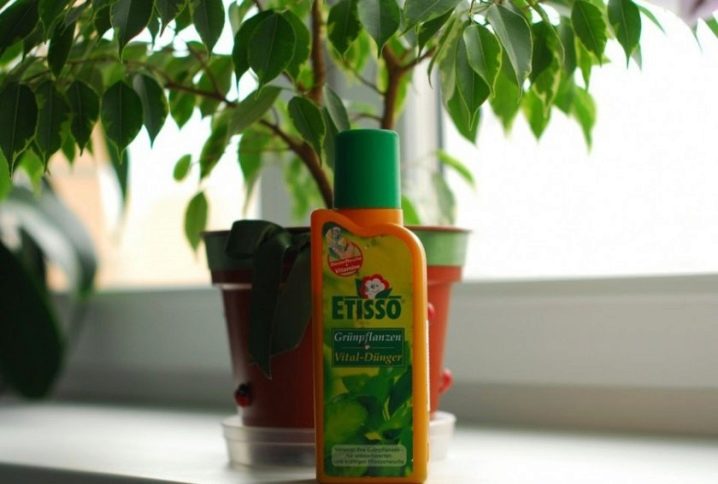































The comment was sent successfully.